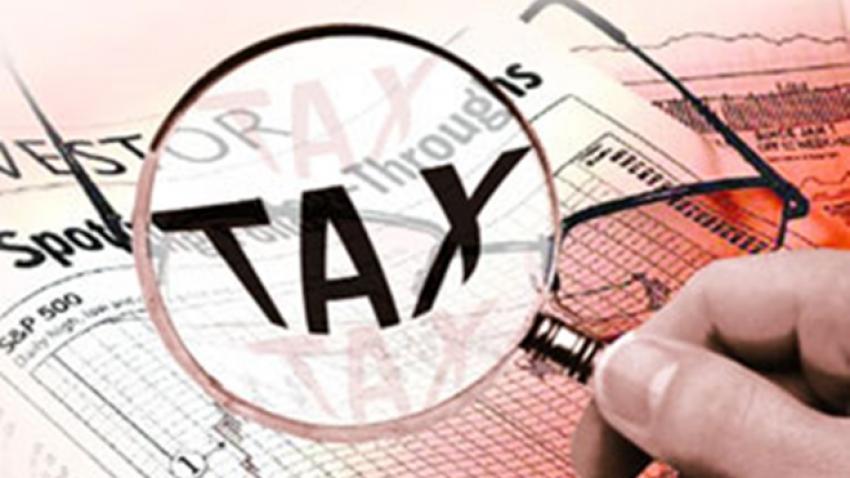Income Tax Return: Before filing your return, understand the shortcomings and benefits of each tax regime and then choose your regime and file.
Also Read– Don’t forget to pre-validate bank account before filing ITR
Union Finance Minister in the Union Budget 2023, declared that the new taxation regime will be the default one for taxpayers from FY24. Salaried taxpayers can change their income tax regime when they file their returns. The deadline to file the income tax returns is July 31, 2023. Before filing their return, taxpayers need to know the differences between the old and new tax regimes so that they can get to know which regime is more beneficial for them.
Five differences between old and new tax regime:
Tax slabs:
Under the old tax regime, people with an annual income of Rs 2.5 lakh or below, are exempted from deductions. Under the new tax regime, the minimum taxation threshold is Rs 3 lakh.
Also Read– Income Tax Calendar 2023: Full list of due dates and activities to be completed by December
Deductions available:
Those opting for the new tax regime will have to forego certain deductions under Leave Travel Allowance, House Rent Allowance, tuition fee and more. These deductions are still available in the old tax regime. If you have a home loan, payments to a provident fund or National Savings Certificate, the old tax regime might be better for you. However, you may consult a tax professional to get an advise according to your finances.
Rebate u/s 87A of the Income Tax Act
Under this rule, people earning up to Rs 5 lakh annually will get a rebate of Rs 12,500 under the old tax regime. To make the new tax regime more attractive to taxpayers, the government has raised the rebate eligibility to Rs 7 lakh.
Surcharge
The government has reduced the surcharge for the highest income bracket under the new tax regime. The charge has been reduced to 25 per cent from 37 per cent, for income above Rs 5 crore. This reduced the effective tax rate under the regime to 39 per cent from 42.74 per cent.
Pension scheme deduction:
The old tax regime has more deductions related to the central government’s pension scheme. Taxpayers can get up to Rs 50,000 as deduction u/s 80CCD(1B). This is not available in the new tax regime. Deductions on the annuity plan of the Life Insurance Corporation of India or any other insurer towards the pension scheme will also not come under the new tax regime.
Before filing your return, understand the shortcomings and benefits of each tax regime and then choose your regime and file. If you have forgotten to opt for a tax regime, your TDS will be deducted under the new regime by your employer. You can change the regime when you file your returns.

































